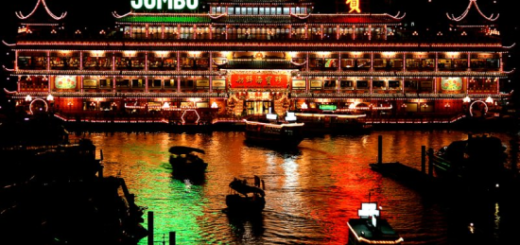Kai Tak Airport
The international airport of Hong Kong from 1925 until 1998 was Kai Tak.
My family flew in and out of Kai Tak three or four times a year for ten years. After a while we became blasé about landing around the rooftops of apartment blocks.
Here is a photo to give you an idea.
I worked for the Swire Group who owned Cathay Pacific.
A friend worked for the Hong Kong police force and headed a team in the 1970’s to come up with a plan of action if a jumbo plane with a half load of fuel hit the top of an apartment block in Kowloon. They gave up and hoped it wouldn’t happen.
And it didn’t but a few planes did slide into the harbour.
The landing approach using runway 13 at Kai Tak was spectacular and world-famous.
The procedure has been described as follows:
To land on runway 13, an aircraft first took a descent heading northeast. The aircraft would pass over the crowded harbour, and then the very densely populated areas of Western Kowloon. This leg of the approach was guided by an IGS (Instrument Guidance System)
Upon reaching a small hill marked with a huge “aviation orange” and white checkerboard which was used as a visual reference point on the final approach the pilot needed to make a 47° visual right turn to line up with the runway and complete the final leg.
The aircraft would be just two miles (3.7 km) from touchdown, at a height of less than 1,000 feet (300m) when the turn was made. Typically the plane would enter the final right turn at a height of about 650 feet (200m) and exit it at a height of 140 feet (43m) to line up with the runway.
This manoeuvre has become widely known in the piloting community as the “Hong Kong Turn” or “Checkerboard Turn“.
Amongst passengers it became known as the “Kai Tak Heart Attack.
To give you some idea.
and


